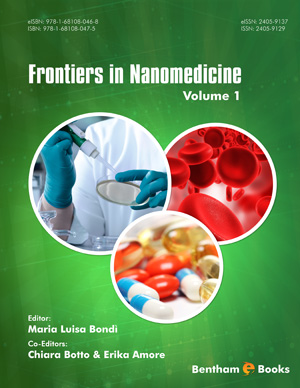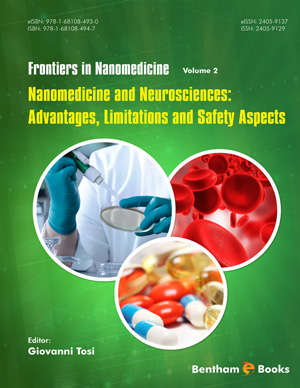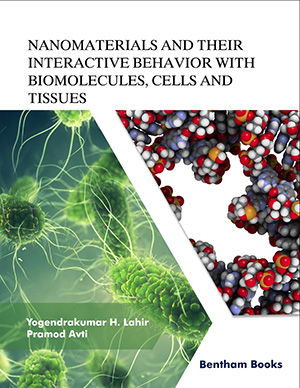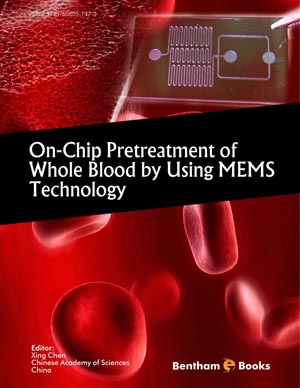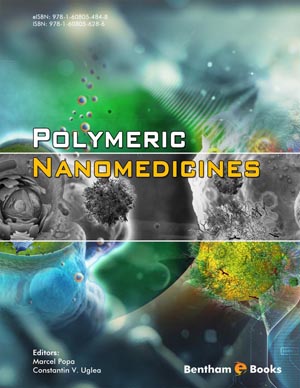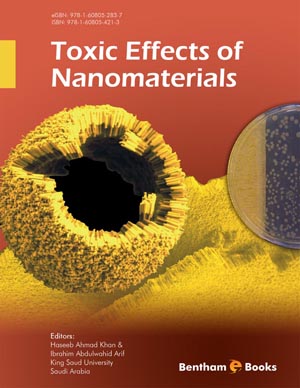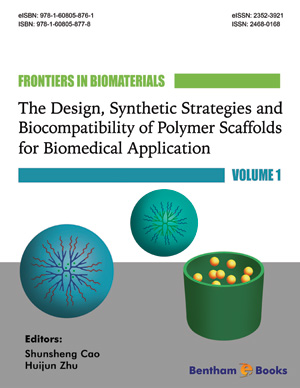Abstract
Nanotechnology has immense potential to revolutionize the treatment and diagnosis of neurodegenerative diseases such as the Alzheimer’s disease (AD). AD is characterized by parenchymal amyloid plaques; intraneuronal tangles; substantial neuronal loss in the cortex and hippocampus; and significant cognitive decline. Treatment in the early stages of the disease is critical to halt or even reverse the neurodegeneration associated with AD. However, none of the diagnostic methods existing today can provide a definitive pre-mortem diagnosis of AD; currently available AD treatments can only offer symptomatic relief but do not address the underlying pathology. Nanotechnology is enhancing the sensitivity and specificity of magnetic resonance imaging and positron emission tomography contrast agents that can detect various pathological hallmarks of AD such as amyloid plaques and neurofibrillary tangles. In addition, nanotechnology enables the targeted delivery of novel therapeutic compounds that are being developed for AD treatment; enhance their efficacy; and reduce systemic toxicity. Some of these notable advances in AD diagnosis and treatment propelled by the nanotechnology are reviewed in this chapter.




